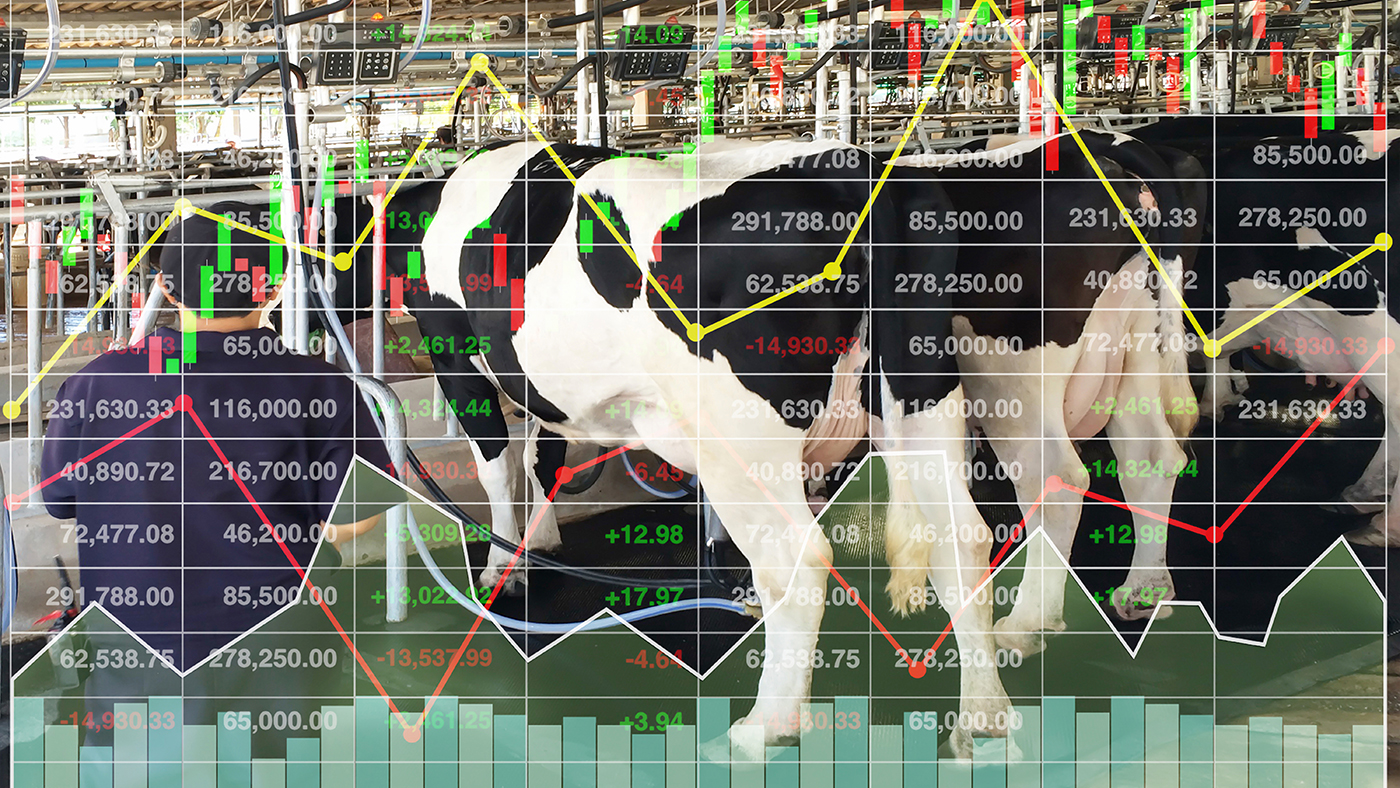The U.S. cattle herd is the smallest it’s been in a long time. Lance Zimmerman, senior beef and cattle market analyst for Rabobank, says producers are still contracting their herd sizes.
“Yeah, we are. 2023 will be the fourth year of cowherd contraction. By the time we get our January 1 cattle inventory report, I’d expect the beef cow herd to be probably another 500,000 head, 600,000 head below last year’s number. In total, three million head since the 2019 highs, and it’s even though cattle prices are exceptional right now, whether it’s baby calf prices, weaned calf prices, or fed cattle prices, they’re 40-50 percent above a year ago.”
The contraction is continuing unabated for one reason.
“We still have drought, and what I always tell folks is, yeah, California may be looking better, other areas of the country may have moisture that hasn’t for a long time. When it comes to the nation’s coward, you watch that area states from Texas up to South Dakota and then over to Iowa and down to Arkansas. Those eight states represent 50 percent of the beef cows in the U.S. If that area’s under drought, the cowherd is in distress. We’re still fighting that drought even though we’ve transitioned to El Nino.”
And there hasn’t been much improvement in the dry conditions.
“There hasn’t been, and when you look at the fall and winter outlook from NOAA, there are little pockets here and there that are seeing improvement, but most of the outlook says continuing drought or even worsening. And so, the good news is we had just enough timely rain that hay stocks should be stronger on December 1 based on our estimate, so we’ll have a little more hay around to get us through the critical winter period. And so, right now, we’re hoping for enough winter and spring moisture to prime that pump as we go out to grass turnout. And hopefully, as we transition to next fall, we get into heifer retention.”
Producers are feeling some frustration because they can’t take better advantage of higher cattle prices.
“I would say frustration is down as a whole compared to what we saw leading up to the pandemic and through the pandemic. They’re finally seeing profitability. But you’re right. There’s just a general frustration, I think, is a good word to use, that we’re so close. We got the price rally we need.”


